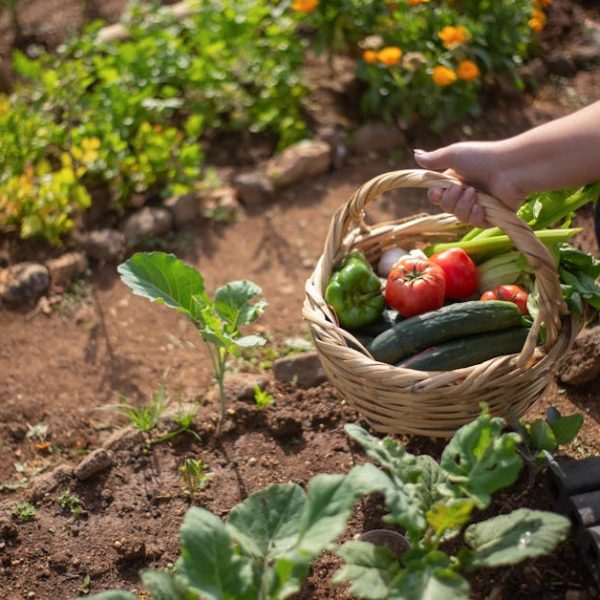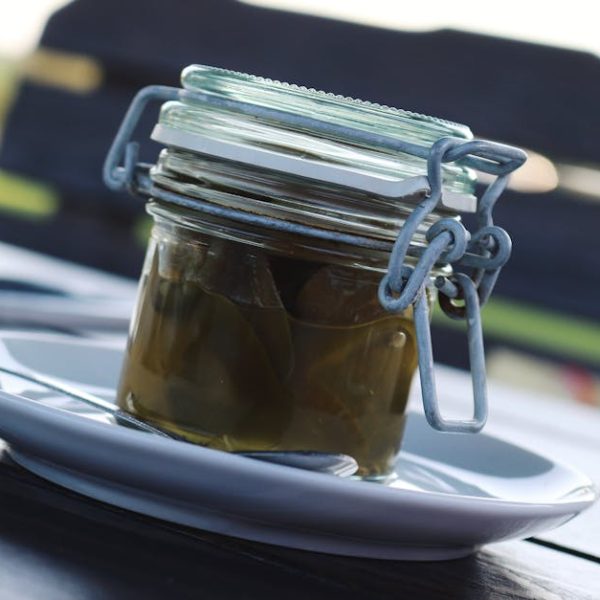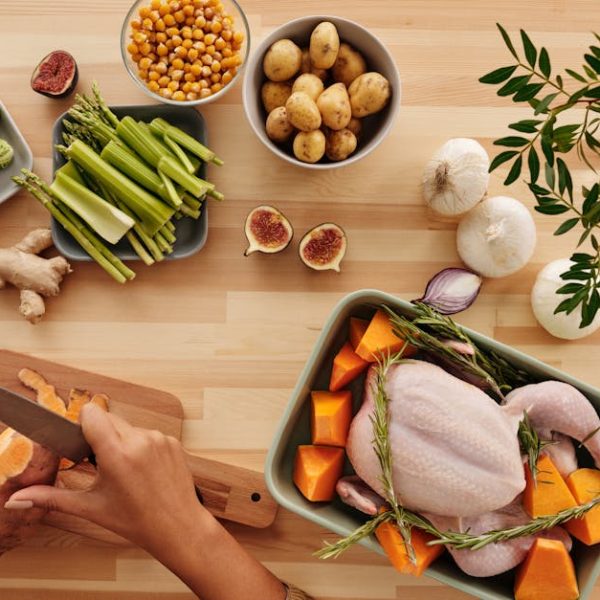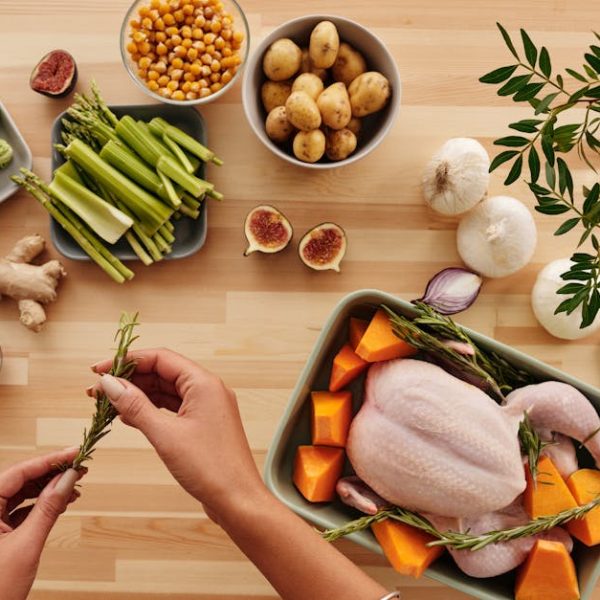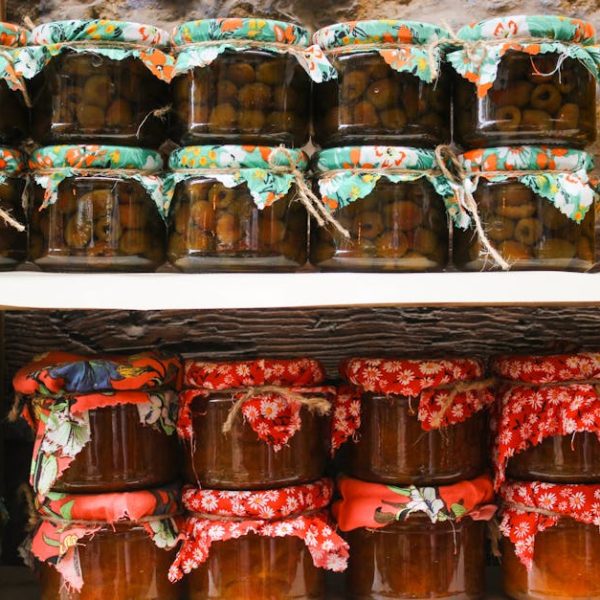Traditional Asian Style Pickled Daikon
When it comes to daikon pickling, one cannot ignore the prominence of this root vegetable in various Asian cuisines. Traditional Asian pickling methods often call for a balance of sweet and salty flavors, making for a pickled radish mix that is juicy, tangy, and refreshingly crisp in each bite. The procedure is fairly simple: begin with a good wash of the daikon radish before peeling and slicing it into the desired shape. The sliced radish is then combined with a measured blend of vinegar, sugar, salt, and any additional Asian spices. Ideally, the resulting mix should then be left undisturbed to marinate for a more profound flavor payoff.
Pro tip: For a distinctly Asian twist, consider adding ingredients like sesame oil or chili flakes to the mix. Consistent tasting throughout the marination process also ensures a better control over the overall flavor profile.
Vinegar-Based Pickled Daikon
For those who appreciate a more potent flavor punch, vinegar-based pickled daikon might be right up your alley. In this method, the daikon radish is pickled in a bath of vinegar- typically white, apple cider, or rice vinegar- granting it a distinctive tangy flavor that cuts nicely through the natural earthiness of the radish.
The preparation is similar, concerning washing, peeling, slicing, and marinating of the radishes. However, the choice of vinegar can significantly influence the end result. Compared to other methods, vinegar-based pickling imparts a unique flavor that’s tangy and vibrant but may not quite appeal to everyone’s palate.
Fermented Pickled Daikon Method
Another notable method to tackle daikon pickling is through fermentation. This traditional method, though time-consuming, yields a result that is unbelievably flavorful and rich in healthy probiotics. The fermentation process involves preparing the daikon as aforementioned and letting it stand combined with salt and clean water over time. The natural juices get drawn out, and fermentation takes place, paving the way for a flavorful and gut-friendly accompaniment.
Pro tip: Use a clean jar and store it in a well-ventilated, dark place to ferment. This practice ensures that your pickled daikon stays safe and flavorful. Regular monitoring will also help catch any potential issues, like unwanted mold growth, in the budding stages.
Sweet and Sour Pickled Daikon Recipe
How about adding a fun twist to your pickled daikon by introducing a smattering of sweet and sour flavors? This method helps disrupt the traditional flavor profile, ensuring it doesn’t taste mundane. The list of ingredients includes daikon radish, vinegar, sugar, salt, and optional spices to suit your palate. The whole process is similar to previous methods: washing, peeling, slicing, and marinating the daikon radish but with an emphasis on adjusting the sweet and tangy elements to strike the perfect balance.
Pro tip: Gradually adding sugar and vinegar to the mix and continually tasting can help achieve an optimal blend. Starting from a smaller quantity gives you the room you’ll need for adjustment.
Instant Pickled Daikon (Quick Pickling) Method
If you’re running short on time or just crave some instant pickled goodness, the quick pickling method might be your best bet. All you need are your typical ingredients: the daikon radish, vinegar, sugar, and salt. However, what differentiates it from the other methods is the use of hot brine. The hot brine aids in not just accelerating the whole pickling process but also in permeating the radish slices effectively thereby developing intense flavor in less time.
Quick tips:
– Pour warm brine over the daikon slices to speed up the pickling process.
– Make sure the jar is well-sealed and stored in a cool, dark place for at least a few hours for best results.
– Always remember safety first while dealing with hot brine, and allow it to cool before consuming.
Table Comparison of Pickling Methods
| Methods | Distinct Flavor? | Primary Ingredient | Time Frame |
|---|---|---|---|
| Traditional Asian Style | Yes | Daikon, vinegar, sugar, salt, Asian spices | 24+ hrs |
| Vinegar-Based | Yes (Tangy) | Daikon, any type of vinegar, sugar, salt | 24+ hrs |
| Fermented | Yes (Savory) | Daikon, salt, clean water | Several days – weeks |
| Sweet and Sour | Yes (Sweet & tangy) | Daikon, vinegar, sugar, salt, spices | 24+ hrs |
| Quick Pickling | Yes | Daikon, hot brine (vinegar, sugar, salt) | 3-4 hrs |
Now you’re equipped with different ways to tackle daikon pickling and transform this humble root vegetable into a delightful accompaniment that works well with an array of dishes. Remember, the key lies in experimenting until you find the method that best suits your taste. Happy pickling!
Key Takeaway:
- The article presents five distinct methods to pickle daikon radish, namely Traditional Asian style, Vinegar-based, Fermented, Sweet and Sour, and Instant (Quick Pickling).
- Each method uses a similar basic procedure of washing, peeling, slicing, and preparing the radish, but different ingredients or techniques make them unique.
- Traditional Asian style employs Asian spices; Vinegar-based method uses a variety of vinegar for a tangy flavor; Fermented pickling capitalizes on the health benefits of fermentation; The Sweet and Sour method balances sweetness and tanginess; Quick Pickling method uses hot brine for quicker pickling.
The versatility of daikon pickling allows you to experiment and discover your desired taste, showcasing how a simple root vegetable can be made into a delightful dish. Enjoy these varieties and cherish the art of pickling.
FAQs
Q: Can the pickled daikon be vacuum-sealed for preservation?
A: Yes. Vacuum-sealing can extend the shelf life of your pickled daikon. Always ensure you are using a sterile container to prevent contamination.
Q: Is it safe to consume pickled daikon every day?
A: Yes, provided you are consuming it in moderation. Pickled daikon is in fact beneficial for gut health due to the fermentation process.
Q: Is there any daikon substitute for pickling?
A: While daikon radish is unique, if unavailable, you can use turnips or a regular radish as a substitute.
Q: Can I pickle daikon radish without vinegar?
A: Yes. The fermented method of pickling Daikon radish only requires salt and clean water.
Q: What dishes go well with pickled daikon?
A: Pickled daikon pairs well with various dishes, from sushi and tacos to sandwiches and salads, enhancing their flavor profile.
Feel free to share this informative article on your social media and explore other posts on our website for more culinary insights!

